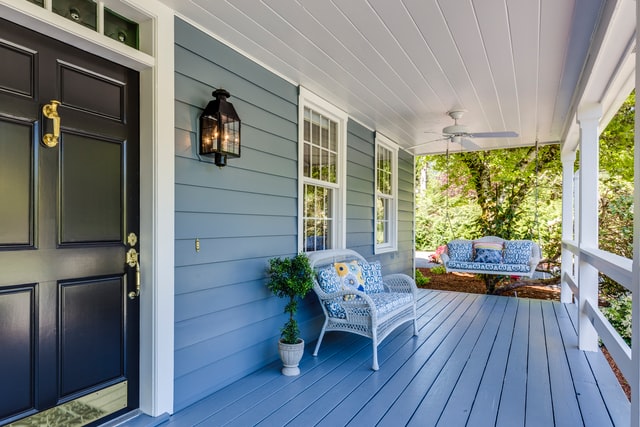Newer homes are more vulnerable to aerosolized fiberglass insulation, says environmental engineer Jeffrey Bradley, President of the New England-based air quality testing firm IndoorDoctor LLC. “We’ve seen a substantial increase in air quality concerns from homeowners with young children experiencing chronic coughing and eye irritation,” says Bradley. “The majority of these homeowners live in newly constructed homes. Once the insulation issue is resolved then the symptoms tend to go away.”
There are many reasons for the increase in fiberglass levels. One such reason is that more people are air conditioning their homes by adding duct work in their attic; the resulting exposed insulation can then filter through the seams in areas such as recessed lighting. The jagged, microscopic fiberglass particles stay airborne longer than a typical dust particle and can penetrate the eyes, throat and lungs, causing irritation and sometimes chronic respiratory distress. Bradley urges homeowners to seek alternatives to fiberglass insulation, such as safe non-toxic, foam-based lining, and to avoid installing the duct work in the attic.
Bradley notes that homeowners are also looking to expand their homes by finishing their basement, where there is often exposed insulation. The fiberglass particles in the insulation have the potential to become airborne every time a fan turns on, a door opens or shuts or the room’s interior pressure changes due to temperature, leading to respiratory distress, among other conditions.
To avoid the dangerous risks associated with airborne fiberglass, Bradley strongly urges homeowners to have their home’s indoor air quality tested for such particles and, if high levels are detected, to take professional restoration action to reduce the dangerous counts. To have Bradley or one of his team members test the air in your home, you can contact him at: [email protected] or by calling 800-466-1522.






